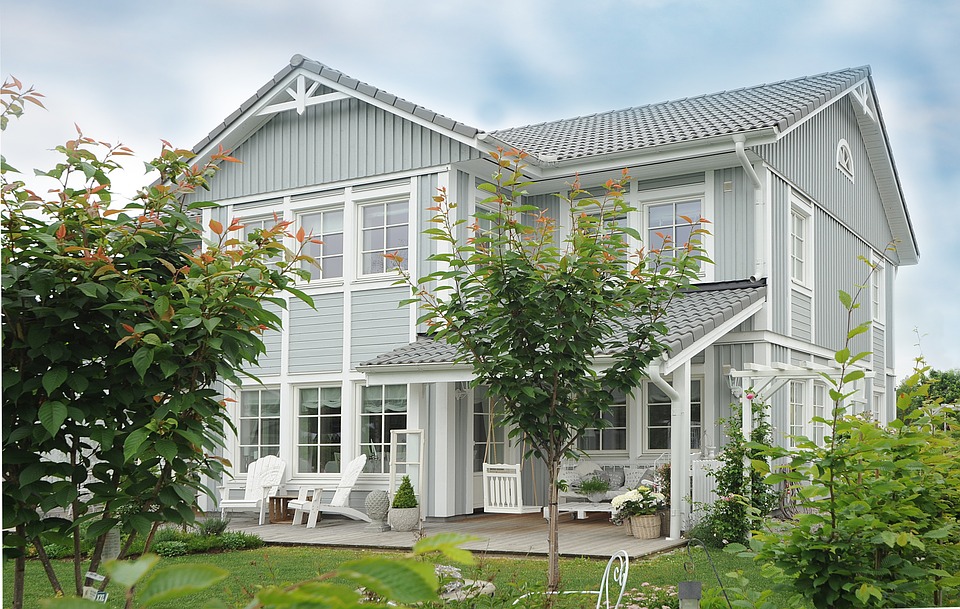Construction material plays a significant role in defining its quality and longevity. From concrete to wood and copper, there are several options. A frequently overlooked material is architectural Steel. To some, it’s just another kind of metal; but when you look deeper into its uses in construction, you’ll discover that it possesses many benefits. Architectural Steel comes in different forms. It finds several applications in industrial buildings and residential buildings, as well as storage silos and tanks. Let’s take a closer look at architectural Steel and why so many developers choose it over other materials.
What Is Architectural Steel?
Architectural Steel is structural Steel used in construction and design, usually for support beams and frames. There are four main types of architectural Steel:
Mild Steel, galvanized Steel, corrosion-resistant Steel, and stainless Steel.
Mild Steel :– It is the most used architectural Steel because of its affordability, availability, and suitability for all design types. Suitable for interior and exterior use, mild Steel can withstand weather conditions such as extreme cold and extreme heat and has a long lifespan.
Galvanized Steel :- This type of Steel comes with a zinc coating to prevent rust and is perfect for exterior use. It is highly resistant to corrosion, making it an ideal solution for industrial buildings and seaside locations.
Corrosion-Resistant Steel :– It contains elements such as molybdenum, chromium, and nickel to prevent decay and factors that make it resistant to extreme weather. This is an excellent option for industrial use but not for outdoor use.
Stainless Steel :– It is high-quality Steel resistant to rust and corrosion; hence, it is suitable for interior and extension. It is suitable for a variety of design types as it comes in a range of colours.
Why Use Architectural Steel?
Architectural Steel is a versatile material often used during a project’s construction and design phase. Architectural Steel is used in buildings and structures for support beams and frames, as well as for stairs, walkways, and roofs. Architectural Steel is an ideal option for designers as it comes in various shapes and sizes, allowing you to customize your project.
Because architectural Steel is easy to work with and flexible, hence, you can mould it to suit your design needs, use fewer materials and save money. Furthermore, architectural Steel is durable and long-lasting, making it an excellent choice for commercial and industrial design projects. Because it has high strength and superior corrosion resistance, architectural Steel can withstand extreme weather conditions and frequent use.
How is Architectural Steel Used in Construction?
Architectural Steel finds application in the construction phase of a project to create structures and buildings. To design and build structures and buildings, builders first create a blueprint that includes their specifications. After the blueprint is complete, the contractor sources the materials to develop the project.
During construction, architects and contractors use architectural Steel to create beams and frames that support the project, as well as stairs, walkways, and roofs. Architectural Steel is easy to install and can be transported quickly to the site. It is also affordable and long-lasting, making it ideal for residential and commercial construction projects.
Pros of Using Architectural Steel
– Versatility: Architectural Steel comes in various shapes, sizes, and colours, making it a versatile material that can be customized to suit your design needs.
Cost-effective :- Because architectural Steel is easy to work with, you can use fewer materials, thus saving money.
Durability :- Architectural Steel is durable and long-lasting, making it an excellent choice for commercial and industrial design projects.
Strength :- Architectural Steel is robust and can withstand extreme weather conditions, making it a suitable option for projects in areas with high winds or extreme weather.
Corrosion resistance :- Architectural Steel is resistant to corrosion caused by extreme weather conditions, such as water, ice, or salt, making it an excellent choice for industrial buildings, such as silos and tanks.
Sustainability :- Architectural Steel is a sustainable material that can be recycled, reused, or repurposed, making it an eco-friendly option for many design projects.
Cons of Using Architectural Steel
Rust :- Although architectural Steel is resistant to corrosion, it can still rust if not correctly maintained. Therefore, you must clean your project regularly and coat it with an anti-rust coating if it is exposed to moisture.
Price :- Architectural Steel is an expensive material, making it a less affordable option for projects with a tight budget.
Design limitations :- Because architectural Steel comes in a wide range of sizes and shapes, it may not be suitable for certain design types, such as ornate designs.
Installation difficulty :- While architectural Steel is easy to work with and can be transported quickly to the site, it can be tricky to install.
Conclusion:
Architectural Steel is structural Steel used in construction and design, usually for support beams and frames. It is an ideal option for designers as it comes in various shapes and sizes and can be customized to suit your design needs. This makes architectural Steel a cost-effective option and a durable and robust material that can withstand extreme weather conditions.
Read More:








